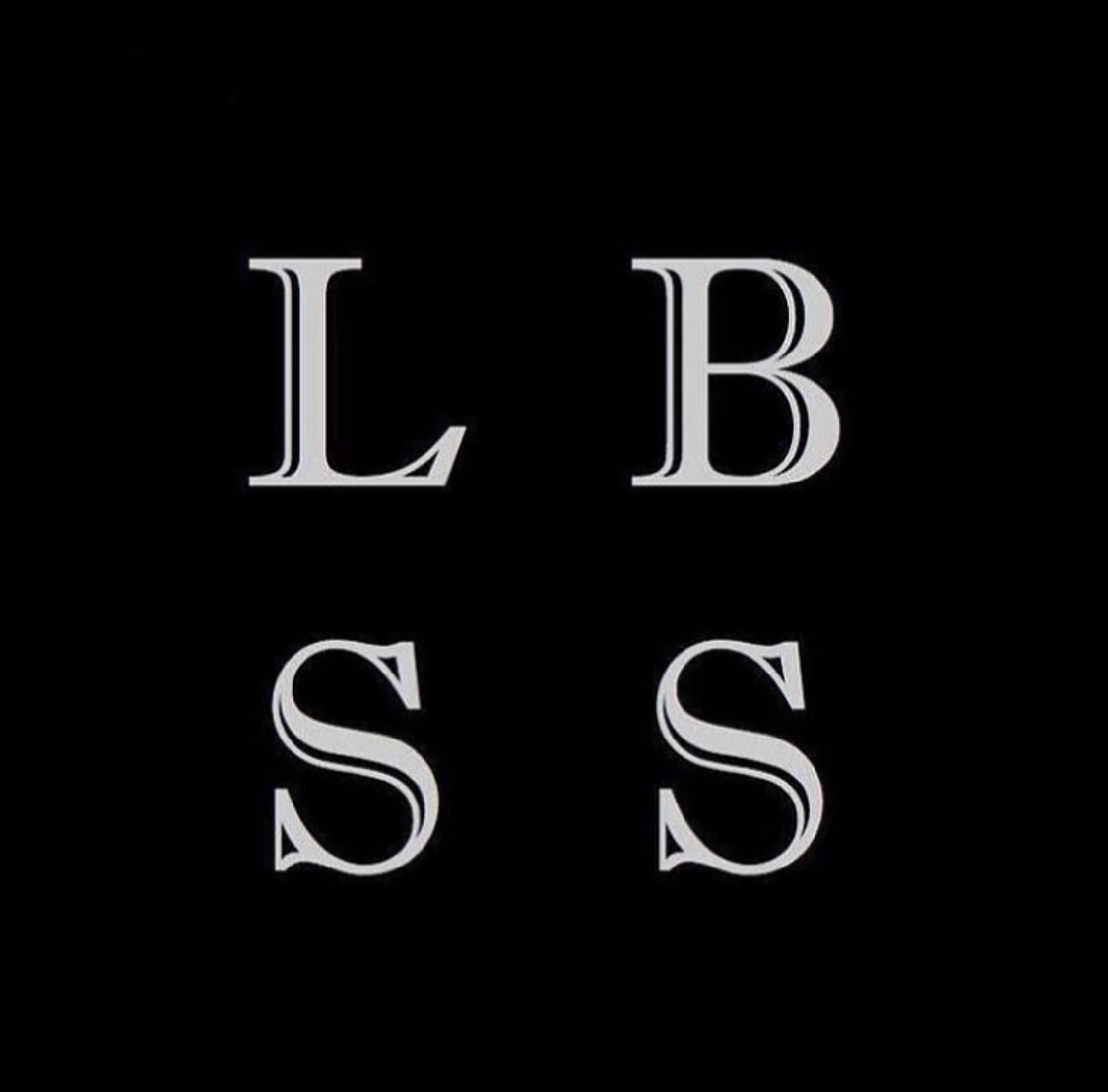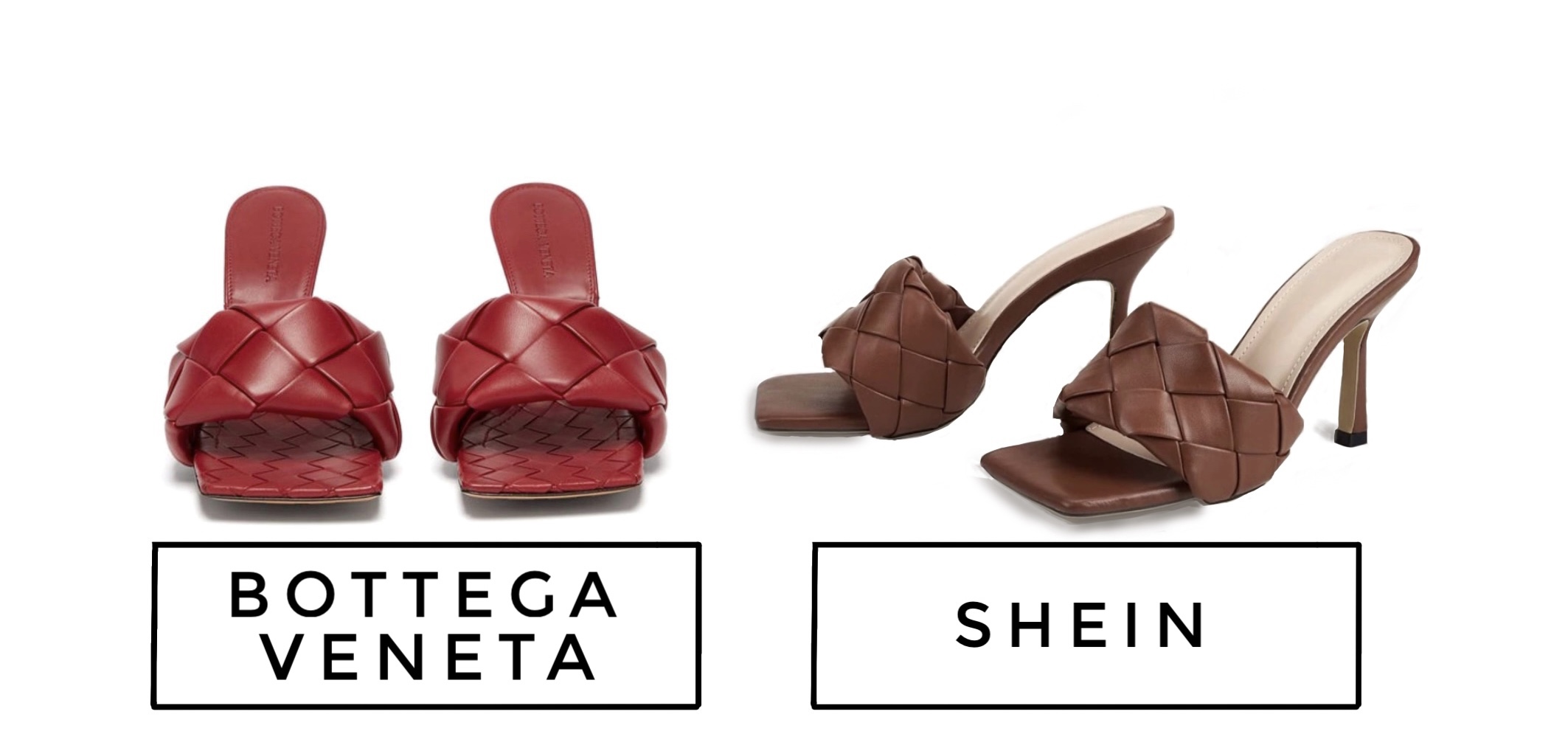Have you ever window shopped in fast-fashion stores thinking that some of their pieces look very similar to some famous luxury brand pieces? Well, it is called copycatting and it is here to stay.
Let me be clear about this: copycats are not counterfeits. Copycats, unlike counterfeits, do not imitate the original piece with intent to deceive the customer regarding the authenticity and/or quality of the item. Instead, they just mimic the original design.
As an English legal firm, Franks and Co, explains, a copycat brand is a brand which may copy other brands, often luxury ones. Most of the time, this is perfectly legal – even when the copycat is deliberately made similar to the original piece. Blame the awkwardness and stiffness of law for that!
Nevertheless, luxury brands use the copycatting technique too – often to the detriment of younger and usually unprotected independent designers.The reason behind copycatting lies within investment interests. Luxury brands often require millions – if not billions – to establish themselves in the market. This high investment is usually what constitutes the ground for their high-priced (some may say overpriced) products. Copycat brands basically eliminate the need for this high investment by relying on established brands and well-recepted designs. This, of course, benefits the consumers as the availability of the item, as well as the price, will probably favor them, making them more likely to buy the items.
The reason why copycatting still goes on, though, lies within the chaotic notion of law. Intellectual property law gives one clear message: no brand is safe from copycatting. There are many reasons for this. First of all, different countries have different laws, which make it difficult to apply in industries like fashion, which are established in more than one country at the same time. The main example of this is an infamous 2009 trial between Gucci and Guess, which troubled the courts of China, Australia, France and Italy for over 7 years. It cost the latter over $4.7 million.
In England, for instance, the main way to protect an established brand is by registering rights. However, this is a complicated issue in luxury, because there is not a single set of intellectual property rights. Instead, rules of copyrights, patents, and sometimes designs are applied. For these to be granted, the brand needs to display the need for the product to be unique and different from other products. This seems rather obscure, especially if one considers the different potential sources of inspiration of the designer in the product-designing procedure. Not to mention, this kind of law does not protect smaller businesses or designers who may not be able to afford to register these rights. Lengthy and costly procedures might discourage many small businesses to even try and secure the rights of their products, while it might encourage stronger companies to copycat without any real damage to the company – given the massive interests copycats will most likely bring in.
Law in America also seems in favour of copycatting, as it does not protect copyrights in the fashion industry and the last reform was made in late 1970s. The process to obtain these rights is challenging, as there is a high threshold of uniqueness and special trademarks in order for the piece to receive rights and be protected. Again, the procedural fees, including legal costs, are high.
Some positive aspects of copycatting have been considered by Brittany Rawlings, who has argued that copycatting makes people rely on fast fashion buying copycats which contribute overall to USA’s overall GDP. Chavie Lieber, a fashion reporter for Business of Fashion, has also discussed the latter, and has suggested that copycatting promotes innovation by means of competition.
Copycatting can be understood to be a very clever business tactic for which no legal power can apply utterly. Whether the existence of copycat brands is moral or not is an issue that has a limited, if no, place in law and it certainly cannot be discussed without the appropriate knowledge in the area. Instead, what one should really reflect on, however, is the role of social media, since they constitute the main basis on which trends are developed. This is crucial because copycat brands use online resources to decide the designs they will recreate.
Stealing exclusivity and reputation is definitely an unnecessary predicament that comes with copycatting. Nonetheless, exclusivity and art are almost two mutually exclusive ideas. It is certain that although copycat brands may mimic the design, they certainly cannot mimic the credibility and quality. Therefore, as a consumer, feeling fragile against copycats is rather insincere. After all, a well-developed fashion aesthetic is surely not based on well-established luxury brands, but on the way one is able to use and style different pieces of clothing, accessories and more. This is not at all to say that haute-couture is not significant or appreciated. In fact, luxury brands put huge emphasis on sophisticated aesthetic and quality.
Brands with well-established logos give the chance to people to portray themselves to an extent and potentially stand out by setting a ‘first tone’ of their character. But this social reality has no source in fashion; people judge and no one can deny it. Not everyone, including myself, is born a designer with a clear sense of originality, but being able to style and piece together different items of clothing and accessories creates a substantial and personal aesthetic (yes, sometimes even through copycats!) Otherwise, one roots on a rather impersonal style based on a brand aesthetic that was mainly built on marketing techniques through a single designer’s vision, and the best- case scenario is that the individual can merely own that style. Indeed, the most cogent counter argument to this whole critique is that adopting such a ready-made style gratifies them – but does it really? I doubt it.
Photo credit: @quepersonalshopper

